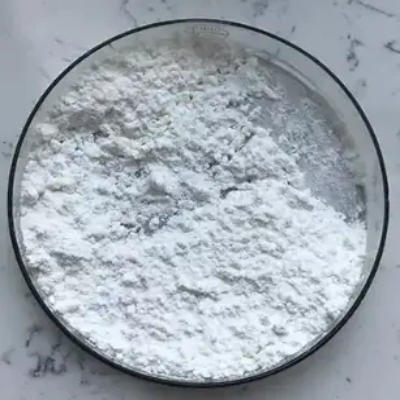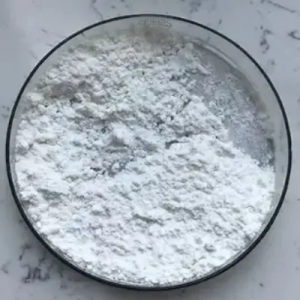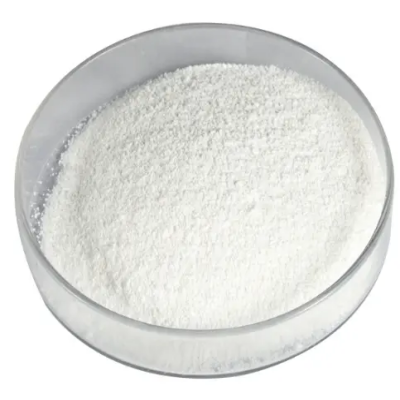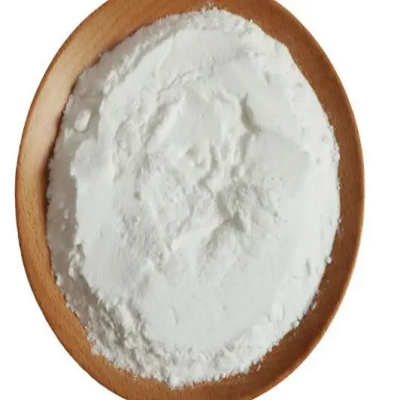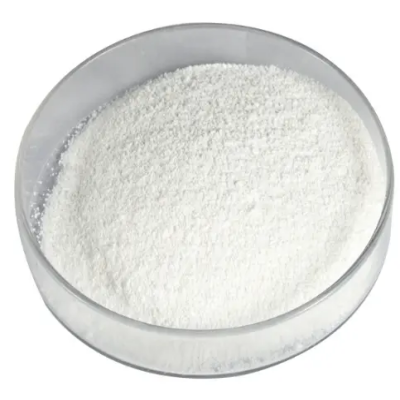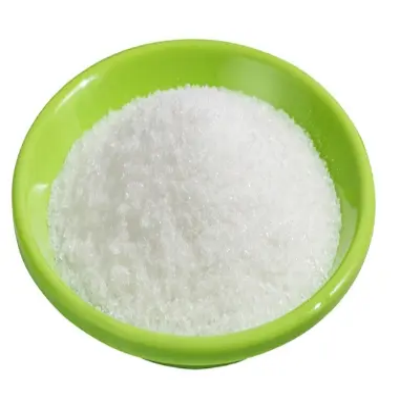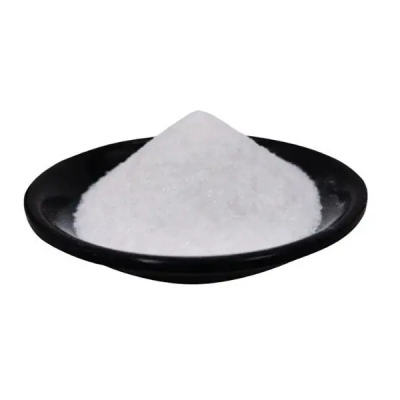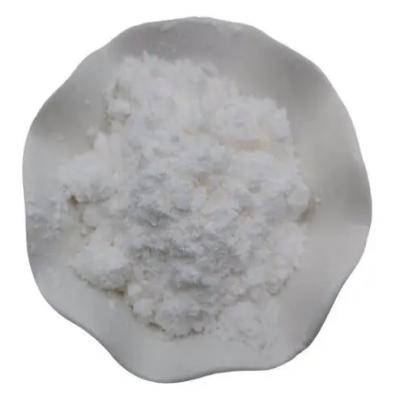3-CHLORO-4-METHOXYBENZYLAMINE HYDROCHLORIDE CAS:41965-95-1
The molecular structure of 3-Chloro-4-Methoxybenzylamine Hydrochloride features an aromatic benzene ring substituted with a chloro group at the 3-position and a methoxy group at the 4-position, attached to an amine group at the benzyl position. This structural configuration, stabilized by a hydrochloride salt, imparts crucial physicochemical properties such as solubility, stability, and reactivity, which are essential for its pharmaceutical applications. The presence of the chloro and methoxy substituents enhances the compound's potential interactions with biological targets, influencing its pharmacological efficacy. Synthesis and Applications Synthesis of 3-Chloro-4-Methoxybenzylamine Hydrochloride typically involves multi-step procedures starting from commercially available starting materials. Common synthetic routes may include nucleophilic aromatic substitution reactions to introduce the chloro and methoxy groups onto the benzene ring, followed by amidation to form the amine group at the benzyl position and subsequent salt formation with hydrochloric acid. The synthesized compound finds applications in medicinal chemistry as a versatile intermediate for developing various therapeutic agents targeting diverse diseases. Pharmaceutical Relevance In medicinal chemistry, derivatives of 3-Chloro-4-Methoxybenzylamine Hydrochloride exhibit promising pharmacological activities, including antimicrobial and antitumor properties. The compound's molecular architecture allows for specific interactions with biological targets, making it valuable for the synthesis of potential drug candidates. Researchers leverage its structural diversity to optimize pharmacokinetic profiles and enhance therapeutic efficacy, addressing critical medical needs and advancing drug discovery efforts. Therapeutic Potential The diverse pharmacological profile of derivatives of 3-Chloro-4-Methoxybenzylamine Hydrochloride positions them as promising candidates for treating infections and cancers. The compound's ability to modulate specific molecular pathways underscores its therapeutic potential, driving ongoing research efforts to elucidate its mechanisms of action and optimize clinical outcomes. Conclusion In conclusion, 3-Chloro-4-Methoxybenzylamine Hydrochloride emerges as a pivotal compound with significant implications in medicinal chemistry and drug discovery. Its unique molecular structure and diverse pharmacological activities make it a valuable tool for researchers aiming to develop innovative therapies for a wide range of medical conditions. As scientific investigations into its biological properties and synthetic methodologies progress, further insights are anticipated to accelerate its translation into clinical applications, ultimately benefiting global healthcare efforts.



| Composition | C8H11Cl2NO |
| Assay | 99% |
| Appearance | white powder |
| CAS No. | 41965-95-1 |
| Packing | Small and bulk |
| Shelf Life | 2 years |
| Storage | Store in cool and dry area |
| Certification | ISO. |


